“Only if we understand, can we care. Only if we care, we will help.” – Jane Goodall
In this month’s episode of The Informed Animal Ally, Alistair Schroff of Lakes Animal Friendship Society discusses the importance of education for animal well-being, and other successes, challenges, and opportunities in animal organizations.
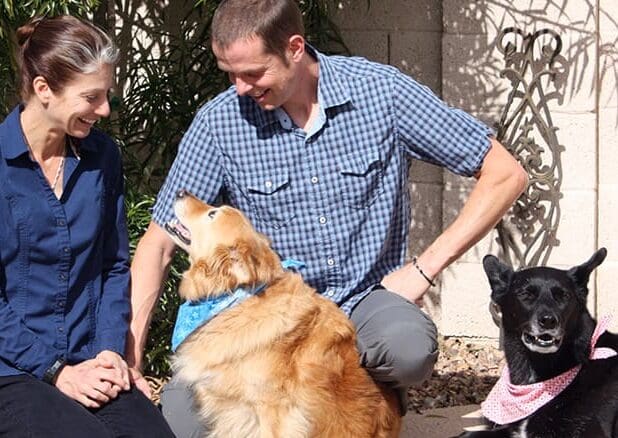
Featured Guest: Alistair Schroff
Founder, Lakes Animal Friendship Society
Alistair Schroff helped create Lakes Animal Friendship Society with teacher Valerie Ingram and former RCMP officer Hayley Nielsen in 2008. LAFS focusses on education about animal care, compassion and dog bite safety as well as supports for pets from lower-income families including spay / neuter, pet food and all-weather outdoor shelters. Alistair’s roles include community cat trapper, handy person, chauffeur, proposal writer, dishwasher, bookkeeper, and dabbler in children’s book writing.
Note: This written discussion has been edited for length.
Teaching children and beyond about animal care
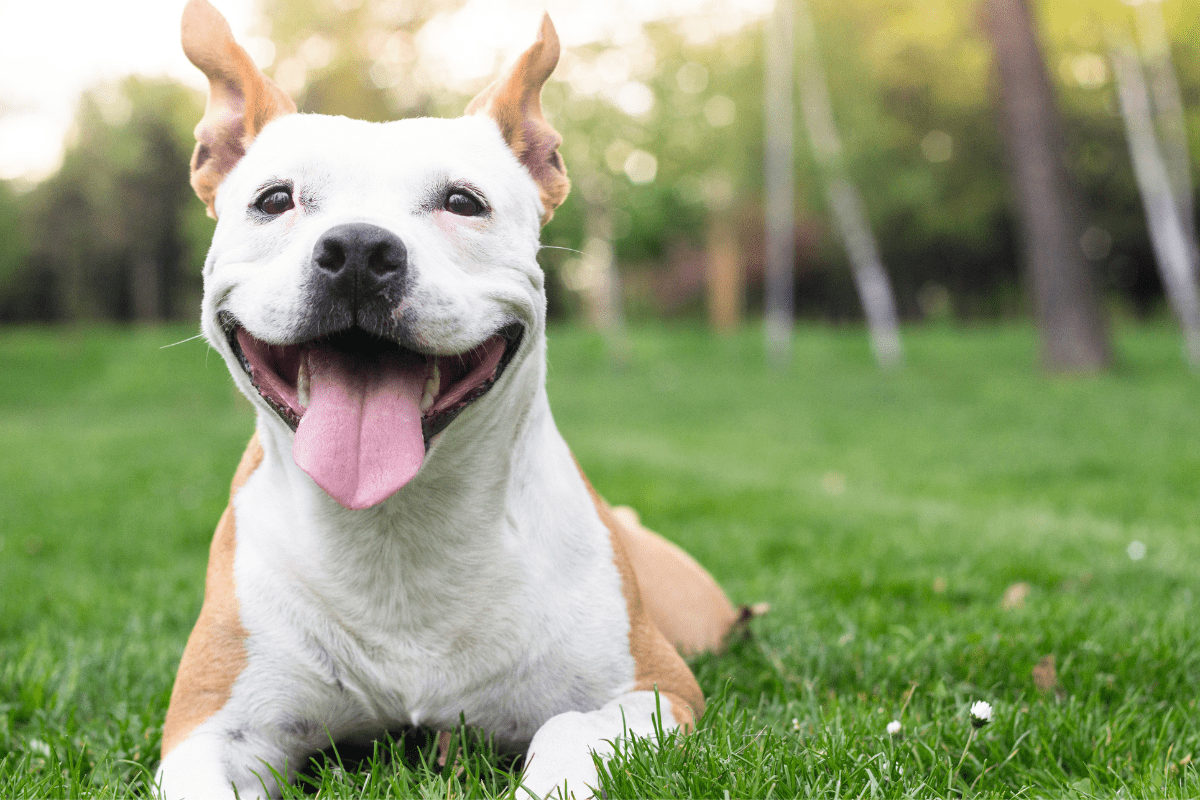
Hi, my name is Alistair Schroff, and I work with a group called the Lakes Animal Friendship Society. Most of our activities are delivered around the town of Burns Lake, which is in the central interior of British Columbia. In talking to you about some of the good, the bad, and the ugly of what we do and what we’ve experienced, I’ll go with two themes, which I hope you’ll find at least somewhat interesting and informative.
First of all, I want to talk about education because that to us is one of the cornerstones that should be in place for any animal welfare group and programs pretty well anywhere that one should care to help animals, their families, and the community.
And on the topic of education, Jane Goodall has a good quote, which goes, only if we understand, shall we care only if we care, shall we help. And only if we help shall all be saved.
And that’s a good little prompt, which basically says we have to know more about what it means to care for animals and even why should we care about animals?
And that’s where education comes in. And that is truly one of our biggest successes as a society.
The Lakes Animal Friendship Society is small with only a few key volunteers. Of course, we get help from others, but it’s a fairly small group. Yet we’ve managed to create education programs that are becoming known as being quite comprehensive and effective in helping children in particular, learn about what it means to be more caring, more compassionate and safe around animals.
And to that end, we’ve created a number of picture books, activity books, things like coloring books and miscellaneous stuff like teaching guides and even how to build dog houses to help animals that might be left out in the cold. So those programs that we’ve delivered are really what we think is our biggest success.
And we are very proud of the thousands of students that we’ve been able to visit directly, often with Valerie Ingram, our volunteer who’s a teacher and who has taken a dog into the classroom and helped kids learn a lot more about what it means to even see that animals have feelings and that their needs are so similar to those of the students and those messages have really helped open the eyes of the students.
And of course, through their communication with their families and them going out into the community, they’ve been little ambassadors of change.
And we are really proud of everything that they’ve done to kind of elevate the care for their own animals and also create a more normalized environment where animals are known to have feelings and are worthy of care. They’re not sort of a misunderstood nuisance or a threat as they were before we started our programs, when they’re coming on to the school yards and stealing children’s lunches because of lack of proper care, overpopulation issues that really come back to a lack of understanding of what animals need and what we can do about it.
Practical resources for people and pets
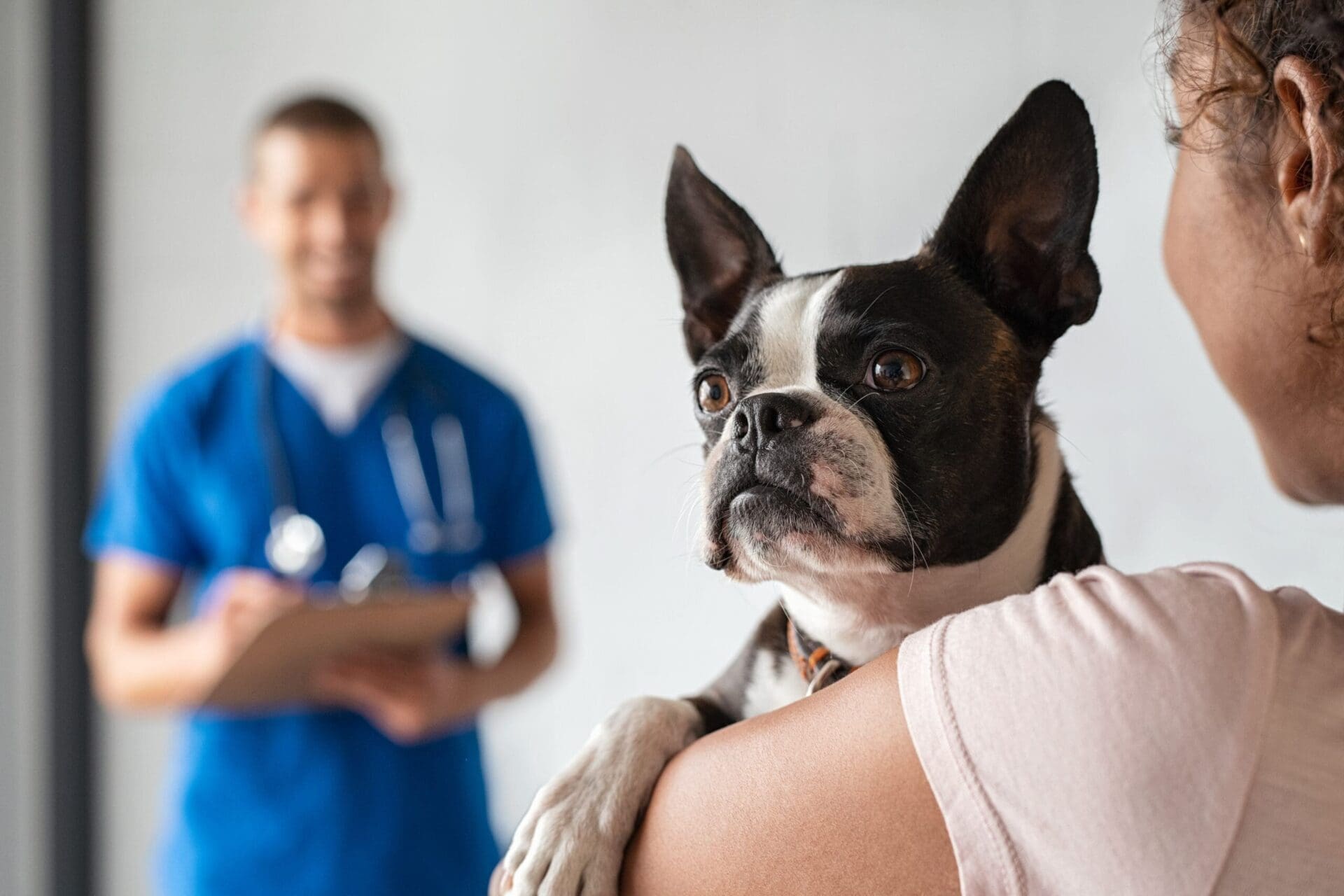
So in addition to providing these education opportunities, we also were very careful to provide access to the tools to implement that new knowledge. And that was where we’ve had our spay/neuter programs to help animals from lower income families. And we’ve also worked with pet food programs which now we operate in cooperation with the local food bank.
And basically if the children and the families feel that it’s a better thing to have their pet spayed or neutered that they can in turn find access to that service in a manner they can afford and they can actually get it done.
So through those programs, that’s our second big success is the actual results of the education being implemented, the tools being there and actively spaying and neutering over a thousand animals in a fairly short period of time. Offering houses like shelters for animals that could not be brought into the house, even though indoors is best, if they can’t be inside, at least they have proper four season shelter.
And of course, access to the pet food they need. So nobody goes hungry, either the families or the animals themselves.
Making a difference in the community
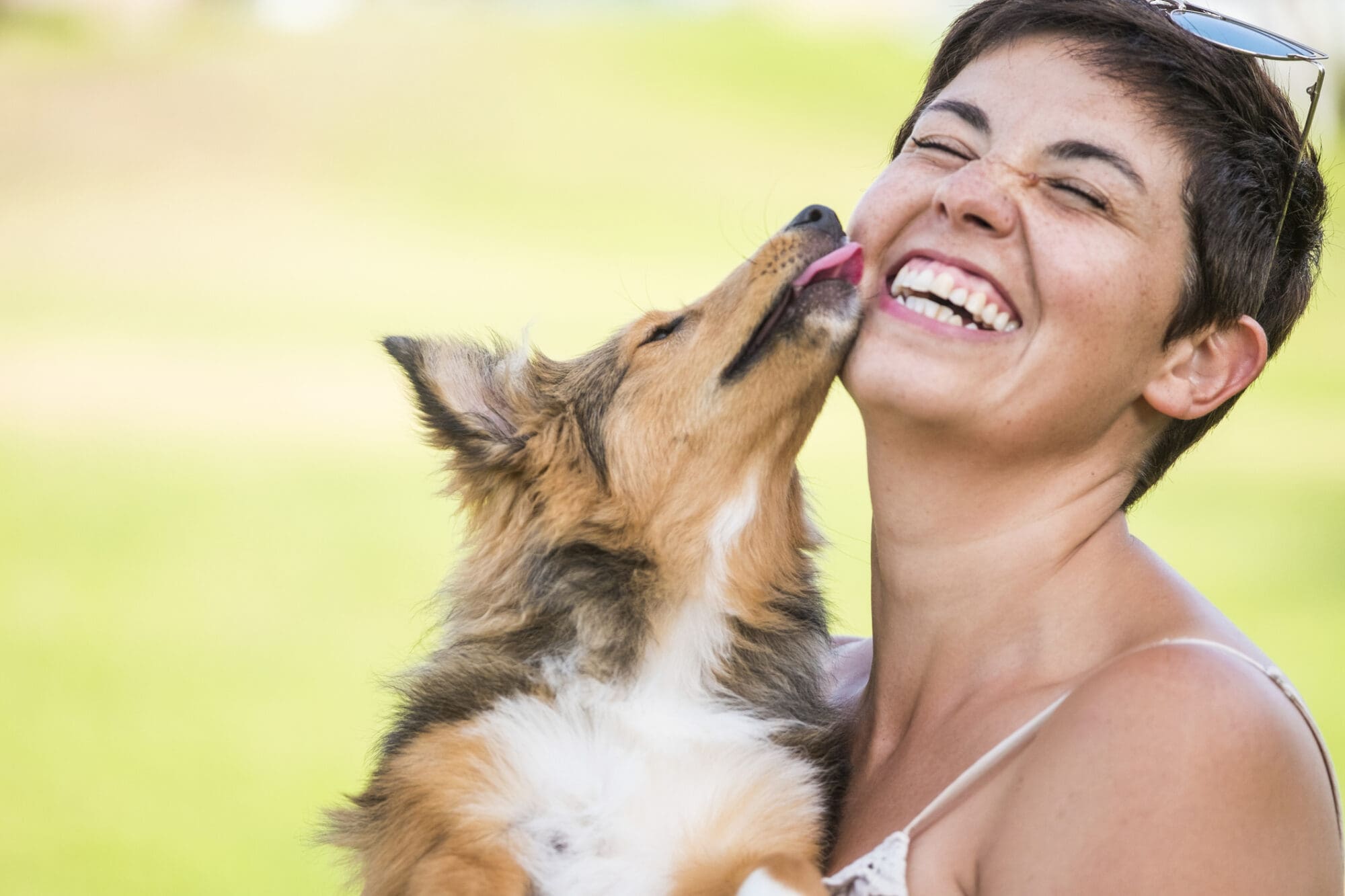
And what we found is after we implemented our programs for a few years, the results were really, really amazing. And when I say that, I mean impoundments of the local village pound dropped to perhaps 10 percent of what they were before.
And this is a savings of tens of thousands, now adding up into the hundreds of thousands of dollars for the local village for the animal control area. Further to that, and this is really important children not getting bitten by dogs. Often it’s children who suffer dog bites. Often they get bit on the face and it can be very serious.
Many children in Canada have sadly been killed in dog attacks. And we found that after implementing our programs for a few years, that the number of dog bites reported to the local ER dropped to about half of what they were previously. And so that’s many, many more kids that are not being scared, bitten, seriously hurt by dogs, often the family dog, often a friend’s dog.
So it’s a much healthier relationship for all, and we want to keep everybody safe.
And we get encouraging stories, people on the street saying, Oh, they saw some kids that were looking at a dog across the street and they asked their mother, you know, may I please pet the dog or ask their uncle or whichever adult they were with to make sure they had permission, getting permission from the guardian and really implementing the safe behaviour.
So the whole point is to normalize what is helpful and healthful and safe for all. So those are some examples of our successes, but there are some challenges as always. And on the education front it’s been interesting to us.
Challencges in animal organizations
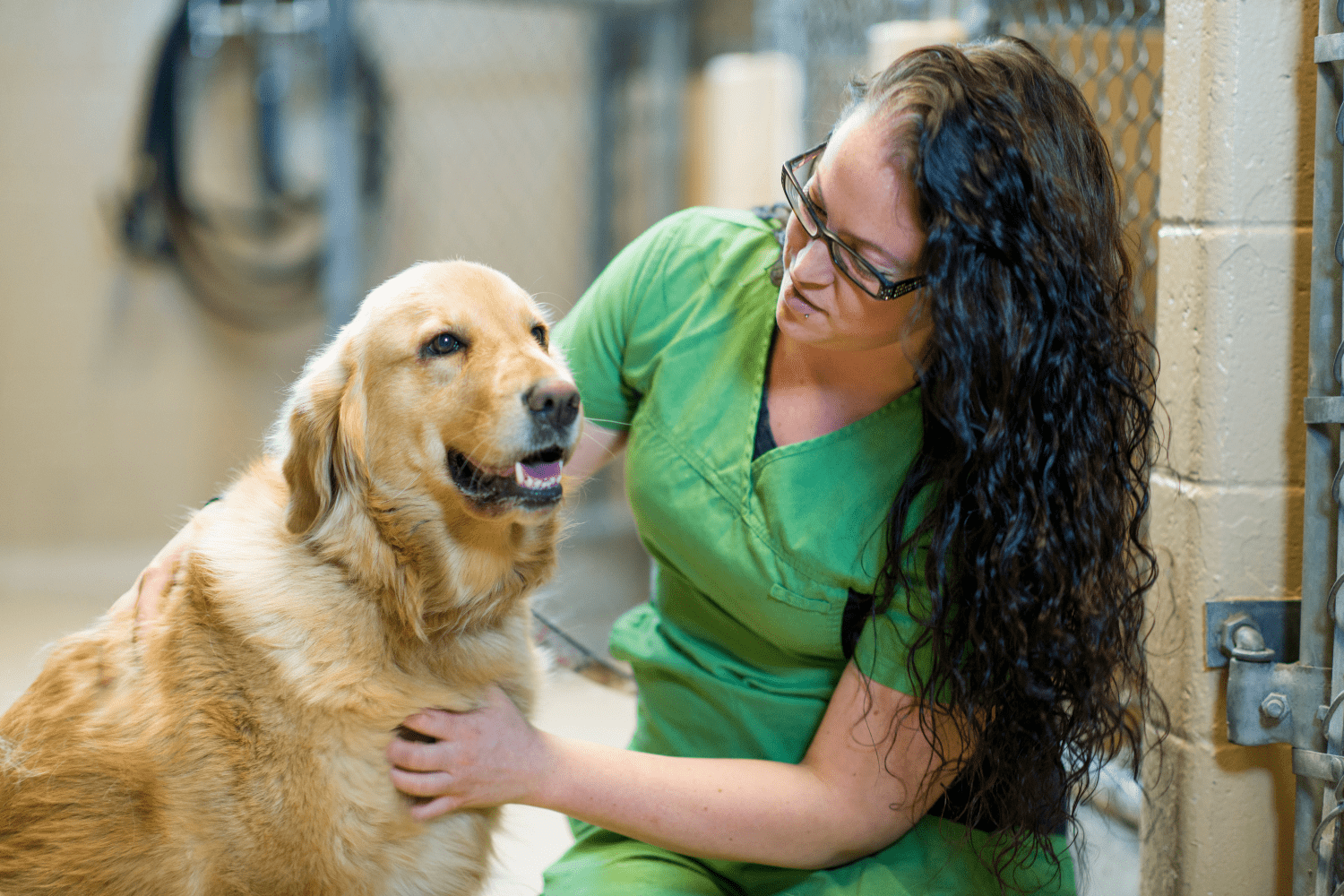
We’ve had some big success, but you know, some slow uptake in our own community, adjacent communities even though our programs have been kind of proven, sometimes education is not given the priority that it should be, and from our experience, not just what we think, but what we know from our programs.
So typically, sheltering gets most of the funding in animal welfare, spay and neuter assistance, those kinds of programs, a lesser amount. Education is by far the most under resourced and under supported, under implemented programs that we see in animal welfare.
And so that continues to be an issue that we see in Canadian and really animal welfare in many places. Education is the last priority and really it needs to be the first.
The other issue we’ve seen is regression as many societies have reported. Very recently we heard Victoria Humane Society and others on Vancouver Island saying what we have found in the interior which is demand for services increased, costs have increased, and we feel a large regression.
And we’re seeing similar types of animal overpopulation, danger, and nuisance to the community. So there is some definite regression there. So that has been a challenge.
COVID has accelerated that, but interestingly, we were seeing the trends before that even. We were a victim of our own success to some extent, because as the overpopulation issue became more under control, then we made a very, very lucrative market for puppy mills and backyard breeders.
So therefore there were hardly any dogs to be found. It’s difficult. There are shelters, but they’re not right in the community. People want easy access to whatever they want. And so in the case of pets, it made a market for backyard breeders and puppy mills.
So that was an unforeseen circumstance. And so therefore we see that you need to have the bylaws, the enforcement tools that don’t seem like a big priority when everything is going well.
And so that is something that we’ve learned and would like to share with others is having good plans in place to keep things on the right track, even while things are going well. So that’s a cautionary note.
Opportunities for the future
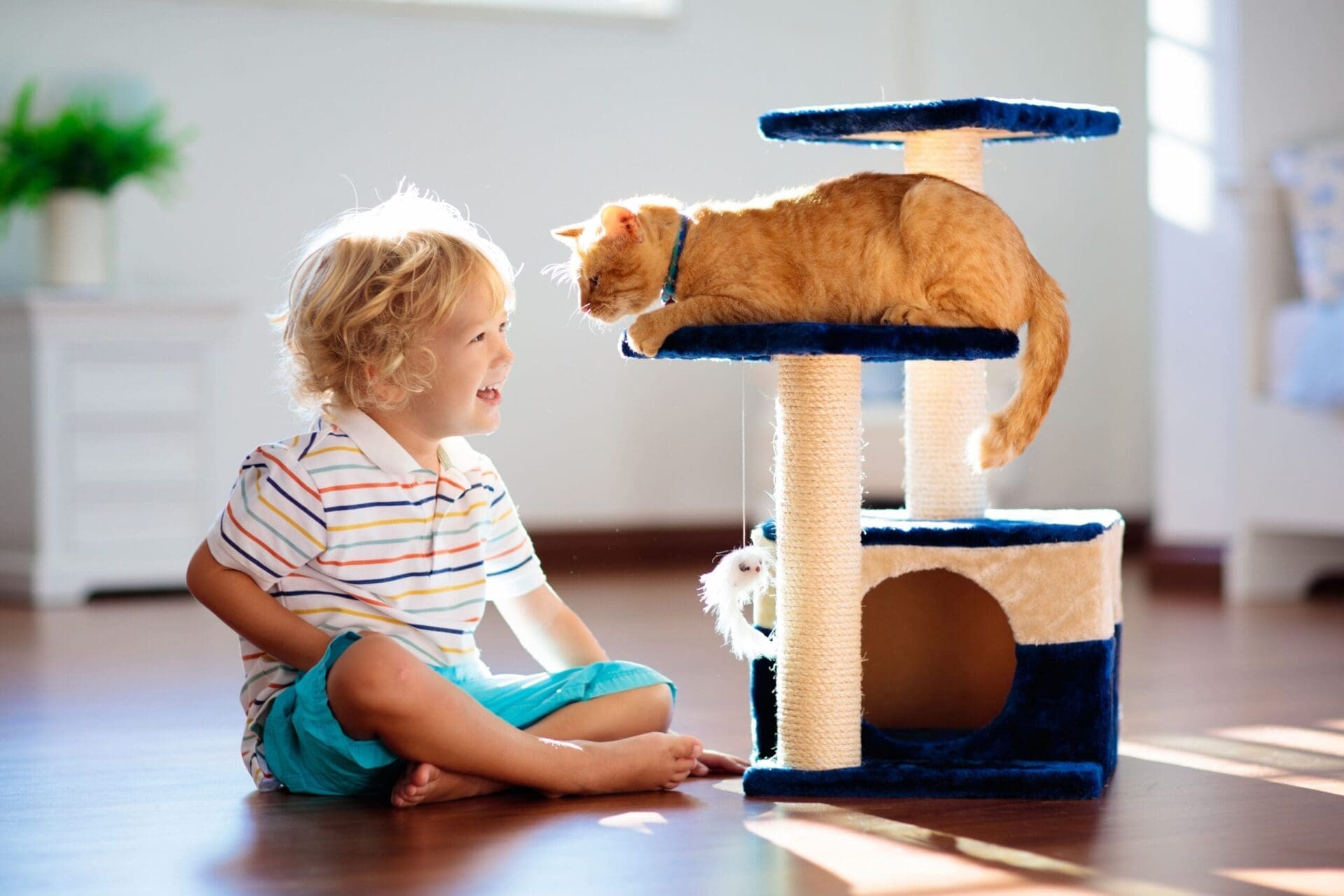
On the topic of hope and good things coming for the future, we have had some great success in working with other groups. For example, this activity book was updated and revised in cooperation with the San Diego Humane Society.
We’ve worked with a local translator. And we’ve done similar groups with adjacent community of Prince George and their aboriginal education department producing materials not just, showing diverse communities and northern themes but also even in the local carrier dialect in Burns Lake or the carrier dialect of the Lheidi T’enneh in the Prince George area.
And Veterinarians Without Borders have even translated some of the same materials into Inuktitut for local dialects in the Arctic. So we’ve managed to work with some groups to extend the reach of these education materials and get them out there.
And the adoption of those materials in other parts internationally has far exceeded even in British Columbia or Canada. So we’re very encouraged because ultimately they’re in the hands of children. I want to also talk about other things about partnerships.
So when we talk about encouraging things happening in other aspects of our animal welfare programs, we’re working with a group called the CARE Network out of Tofino. And so we do very similar programs to each other. So we’re working on teaming up and joining forces and making our resources and efforts go further in the areas of animal care, veterinary services, education.
So we both have strengths that we can bring to the table and we need to do more of that as animal welfare groups , find out who is similarly aligned, just go for it. Roll up your sleeves and go to work.
And on the education front, a similar thing, we don’t always have success with the communities that we would like, but if we run into teachers or librarians or homeschoolers or other groups anybody that is sort of aligned with wanting to get resources in the hands of children, we want to support that.
And so if you basically find people who are pushing the same direction as you are, get together, go for it, make it happen. And you might have bigger goals you shouldn’t lose sight of.
A woman by the name of Colleen Patrick-Goudreau, very well spoken, has a great saying which is just because you can’t do everything, don’t do nothing. Do something, anything.
And that means, find out what you can do today that is workable. Don’t lose sight of the bigger picture, but just get to work and do what you can.
Some of you may have seen some YouTube videos of a fellow known as the guerrilla gardener. And he says, you know, you want to help bring a shovel and yeah, that’s the kind of people you want to work with.
People who are ready to make things happen. So find them, get teamed up, make things happen in your communities and yeah, just find out who’s willing to work with you and go for it. And that’s really the essence of Lakes Animal Friendship Society.
And we hope that you will take advantage of the free materials that are available on our website, lakesanimalfriendship.ca/resources. There’s materials, songs, links to videos, and that’s all available for free. We also have other materials available for order, but you can also contact us for free samples. And also we have worked with groups to get their logos on materials or adapt them like we did with Marika and Vets Without Borders.
There’s some stuff that didn’t quite fit an arctic environment and it was modified to fit. So we love working with folks and getting consistent quality materials out wherever they are needed. And so see what we can do to work with you. So if you have some ideas for translations, changes, whatever, we’ve got the flexibility to do those things and would like to see them in the hands of children and their families.
So being able to give children something tangible that they can take home and share with their families is really important and allows, if you are doing classroom programs, it gives something that the teachers can use and expand on lessons or expand on messages that have been shared and then ultimately go home to share with the whole family which ripples through the community.
So, it’s all about spreading that ripple of care and compassion. So, thank you very much for listening to my very long discussion. And I hope that everybody listening and watching this is enjoying their efforts to help the animals. And even when there are setbacks or problems, you can always dust yourself off and find a new way to get things done.
You just have to keep soldiering on. So thank you and have a lovely day.
Next episode

Please join us next month to learn about successes, challenges, and opportunities from vegan business owners!
